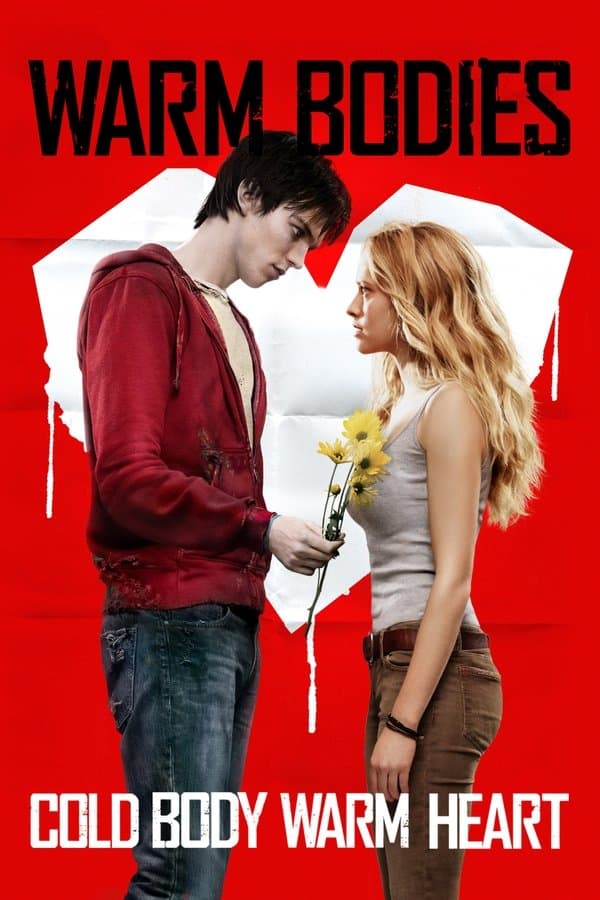
Warm Bodies
2013 • Comedy, Horror, Romance • PG-13
After a zombie becomes involved with the girlfriend of one of his victims, their romance sets in motion a sequence of events that might transform the entire lifeless world.
Runtime: 1h 38m
Why you should read the novel
Isaac Marion’s novel 'Warm Bodies' offers a profound and immersive journey into the mind of a zombie named R. Unlike the movie, the book delves deeply into R's thoughts, memories, and internal struggles, exploring his philosophical musings about life, death, and the remnants of humanity within him. The narrative is rich with introspective moments and witty commentary on society, making the book a rewarding experience for readers who enjoy character-driven stories with unique perspectives.
Reading Marion’s original work presents a broader and more nuanced story than its cinematic adaptation. You'll discover expanded world-building, including the intricacies of the zombie and human societies, the history of the apocalypse, and the emotional complexities of R's relationships. The supporting characters are better fleshed out, with their backgrounds and motivations explained in greater detail, offering a fuller understanding of their actions and transformations.
The novel's lyrical prose and subtle humor add layers that the film can only hint at. If you want to experience R and Julie’s story with more depth, emotion, and symbolism, the book is the way to go. Let Marion’s unique style, atmospheric world, and thought-provoking themes enchant you, providing a literary experience that stays with you long after the last page.
Adaptation differences
One of the main differences between Isaac Marion’s novel and the film adaptation is the tone and narrative style. The book’s writing is introspective, deeply philosophical, and poetic, offering readers a vivid picture of R’s existential crisis and unique voice. While the movie retains some of the witty narration, it streamlines much of R’s internal monologue for the sake of pacing and humor, resulting in a lighter, more accessible tone suitable for a wider audience.
Another significant difference is in the world-building and the complexity of the zombie condition. The novel intricately explores the transformation of zombies and the mysterious 'Boneys,' including their origins, societal structures, and roles in the apocalyptic world. The movie, by contrast, simplifies these elements, focusing more on the romance and action, and offering only surface explanations for the undead’s evolution and the Boneys’ motivations.
Character development also diverges in important ways. In the book, characters like Perry (Julie’s former boyfriend) play a larger role, especially in R’s journey, as R absorbs Perry’s memories and emotions after eating his brain. This connection is explored in much greater detail in the novel, providing a more intricate view of grief, guilt, and redemption. The movie minimizes this aspect, using Perry primarily as backstory to drive the central romance.
Finally, the endings differ both thematically and narratively. The novel’s conclusion is more ambiguous and meditative, focusing on the uncertain future and the ongoing struggle for change and healing. The film opts for a more conclusive and optimistic resolution, with clear victories and hopeful images that fit the rom-com-horror hybrid style. These shifts alter the narrative impact, allowing each version to stand on its own but providing different experiences in terms of emotional complexity and message.
Warm Bodies inspired from
Warm Bodies
by Isaac Marion



